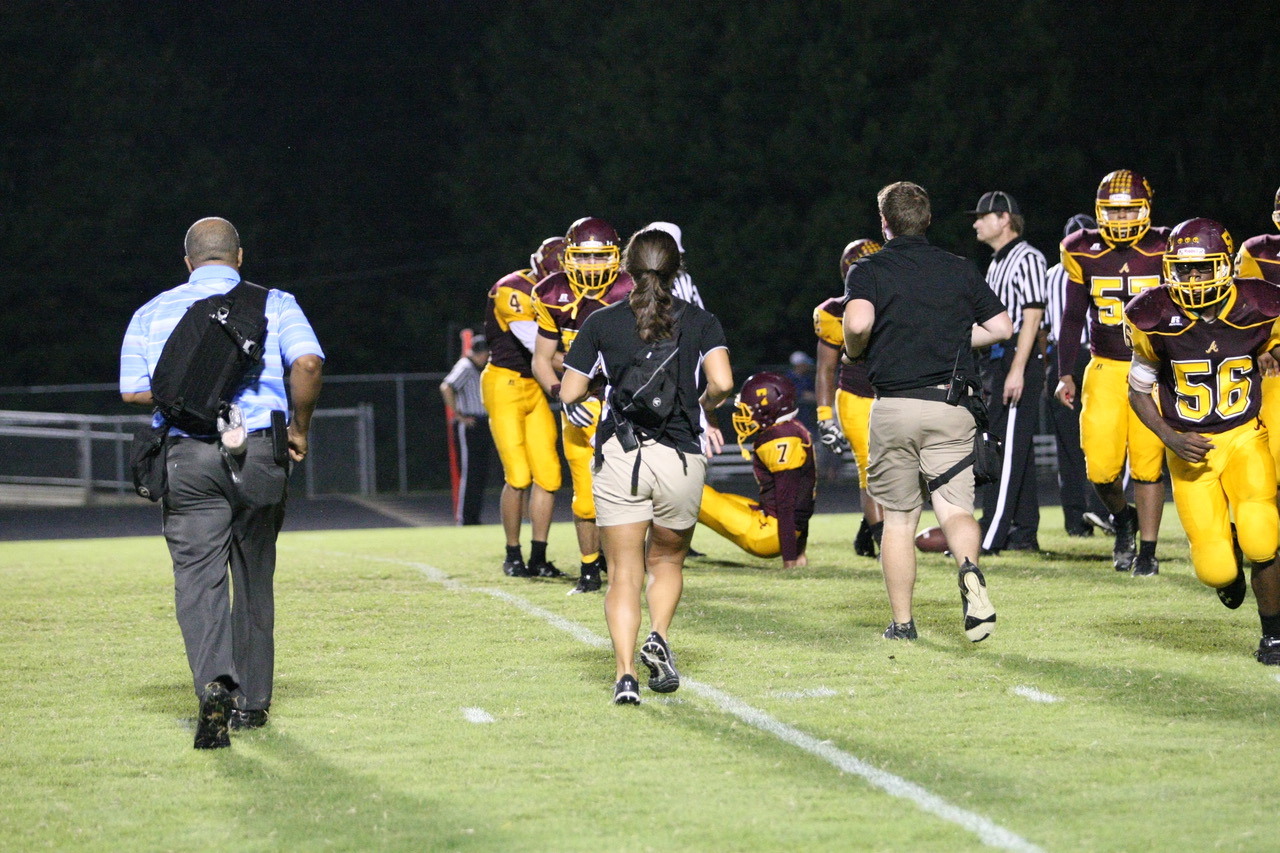Oct 4, 2018Communication between athletic trainers and parents

Communication paves the path to success when working with parents. With today’s technology; there are no excuses for the lack of effective communication. Here are a number of avenues you can take to improve communication with parents.
The team parents meeting
At the secondary school level, most coaches organize a preseason meeting for their athletic team’s parents. It is during this meeting that they introduce the team’s athletic staff and review rules. If not invited, athletic trainers should request to briefly introduce themselves.
For most parents, this marks the first time they have met an athletic trainer. First impression is important — the team parents’ meeting helps set the tone for future interactions with parents.
Due to their unfamiliarity with us, parents may not know the role of an athletic trainer, so use this time to spotlight the “profession.” Take note how the word “profession” was used in lieu of “yourself.” Remember, you are promoting what athletic trainers do as health care providers, not looking for a job. Parents want to feel comfortable with the person caring for their child during emergent times. They want to know how much you care more than caring about how much you know.
» RELATED: Tough Talk: Speaking to parents about injuries
Give a brief overview of the athletic training room policies and procedures. Explain how the athletic trainer serves as a liaison with their child’s treating physician. Describe concussion baseline testing (if performed at your school) and explain that supervision of the return-to-play protocol is overseen by the athletic trainer and safely transitions the athlete back into activity. Stress how all post-injury treatments are performed in-house, eliminating the need for parents to leave their place of employment and take their child to a clinic for therapy. Also, share that all injury evaluations and treatments require no third-party billing.
If the school provides the athletic trainer with a cell phone, the parents should be given the phone number along with the school’s email address. A cell phone call is most efficient for immediate communication during emergent situations. However, best practice is utilizing e-mail, as it creates a paper trail that can be placed in an athlete’s folder.
Make it clear that parents should not expect immediate access to the athletic trainer at all times and that a 24-hour response is most appropriate. Depending on the policy established by individual athletic trainers, responses should not be expected during weekends, holidays, or the summer months when school is not in session.
The injury
Funny story — during a game early in my career, my football player gets hit, falls to the ground, and appears motionless. Upon my arrival, he tells me that contact was made, and he forgot to wear his protective cup. All he wanted was a few minutes to slowly breathe and collect himself. Everyone surrounding him knew what was happening, however, his family in the bleachers did not. They proceeded to run down the bleacher steps, climb over the stadium fence, and sprint across the field to their son — only to discover that he was fine.
This example highlights the need to have effective communication with parents when an athlete gets injured during a game. If parents are typically present during games, establish a signal with them beforehand to communicate whether their child is okay or you need them to report to the sidelines or the field of play. Everyone watches the athletic trainer when there’s an injury. A simple raised arm with an “okay” sign or a wave onto the field is all that’s needed to elicit the intended parental response.
If a child is injured but doesn’t need an immediate parental response, meet with the parents during halftime (as time permits) or after the game in order to review the incident and discuss follow-up care, if warranted. Signals help eliminate any hysteria brought on by a perceived injury.
When an injury occurs during practice, notify the parent by phone. Reassure their child is doing well. You never want to place a frantic parent behind the wheel of a car on their way to school or the hospital.
The post-injury treatment
The athletic trainer serves as a liaison between the parents and treating physician. Setting up the athlete with a home treatment protocol can help to speed recovery. Communicating the protocol with parents shows to them the personal interest an athletic trainer has with the care of their child. When physicians speak an undecipherable medical language to parents, the athletic trainer can communicate the message to them in layman’s terms. In addition, athletic trainers respond to post-injury questions faster than physicians simply due to ease of accessibility, and parents appreciate that connectivity.
The full circle
Most often, being in a household with an injured athlete creates a stressful environment. With most secondary school athletic injuries having athletic training intervention, the athletes bounce back in little time. Recovering from an athletic injury is both physical and mental. Physically, the body part must be functionally ready to perform. Equally important, the athlete must have confidence in returning to competition. When the two aren’t connecting, parents should find the comfort to communicate this to the athletic trainer. But their comfort level all begins with their first encounter during the team parents’ meeting.


